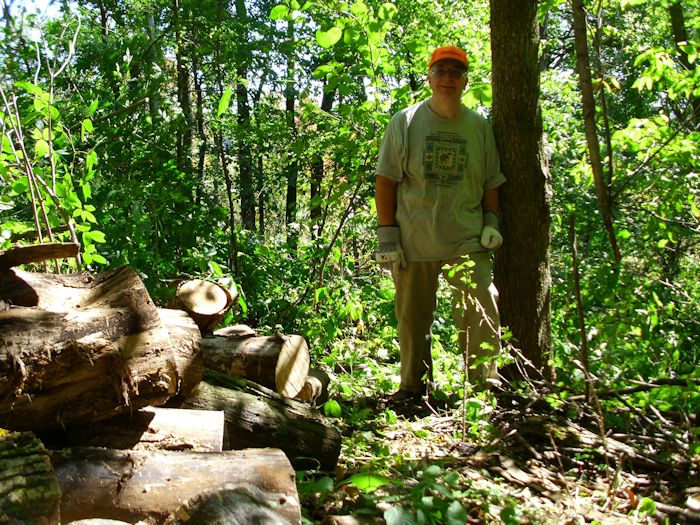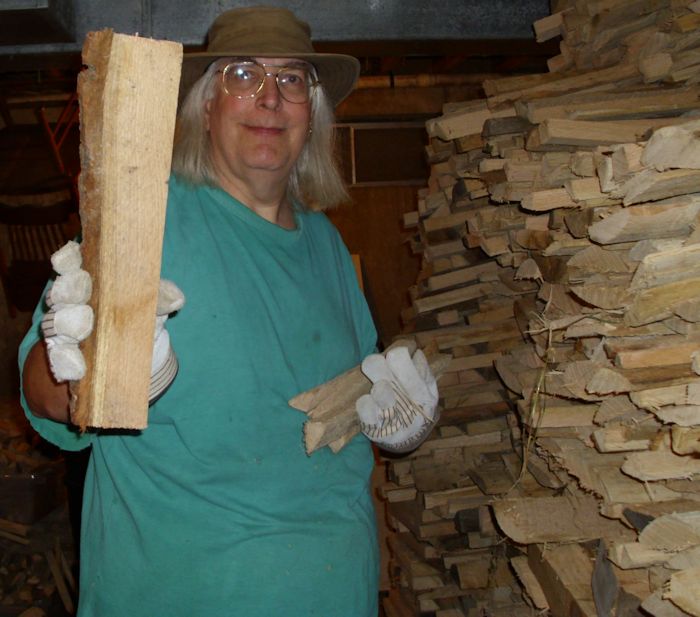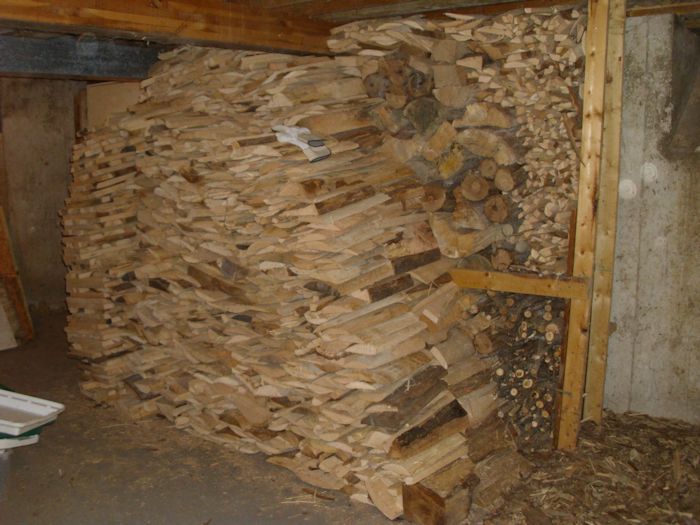Every author seems to have problems with punctuation of some sort. It’s the reason that copyeditors are so incredibly important (among other reasons). Using the correct punctuation is essential if you want the reader to gain the right idea from your writing. Punctuation often fills in the gap in helping a reader decide how you’d say something if you were speaking directly, rather than through writing.
My personal demon is the dash and all of its forms. No matter how often I try, I end up needing someone else’s help to get the punctuation precisely correct. I recently read, “You’re using that dash wrong” and found it quite helpful because it tells you when and how to use the various forms of this punctuation mark. The article makes it quite apparent that the term dash is only used for specific forms of the horizontal line. However, the article doesn’t tell you about the special ways in which the punctuation marks are used in technical writing. Here are the forms of the dash (er, horizontal line) commonly used in technical writing and their use in that form of writing (which may not necessarily agree with other forms of writing).
- Hyphen: Used to break multi-syllable words at the end of a line. It is also used in some types of coding. You use the hyphen to create a minus sign in code and also to indicate ranges.
- Minus sign: Used to indicate a negative value. Visually, a minus sign always appears with numbers on the same line as the number, rather than at the end of a line to break words as a hyphen would. In most cases, technical documents actually rely on an en dash to create a minus sign within the text.
- En dash: A horizontal line that is the width of the letter N that is used to create compound words. It is never used in coding. The en dash always appears within the text of technical writing.
- Em dash: A horizontal line the width of the letter M and is used to indicate a pause longer than provided by a comma, but not as long as a period. The em dash is often used to separate dependent clauses in a complex sentence. Most authors use the em dash and semicolon interchangeably.
Knowing how authors use punctuation in a document will help you understand the document more easily. The correct breathing makes the meaning clearer. Think about this kind of punctuation the next time you have a conversation with someone. We automatically add the correct breathing when we talk to convey a specific meaning that would be lost without it. You can say precisely the same sentence in a number of ways and have that sentence mean different things. We interpret a sentence based not only on what it contains, but also in how it’s spoken. The lowly horizontal line (of varying length) makes this meaning clearer in writing where you can’t hear the breathing the author means. Let me know your thoughts about punctuation at [email protected].




